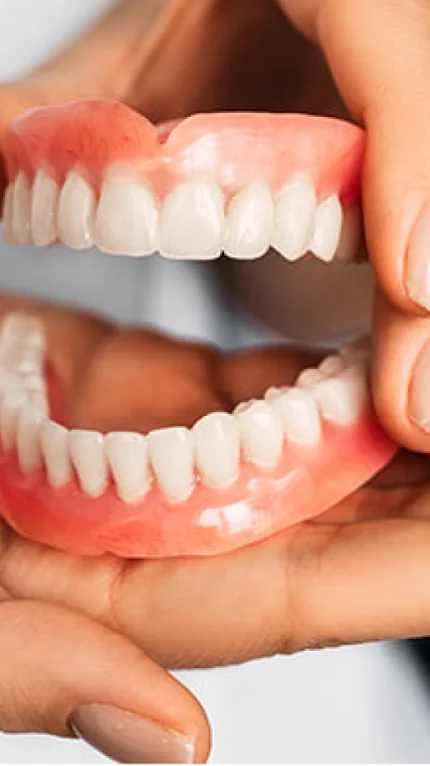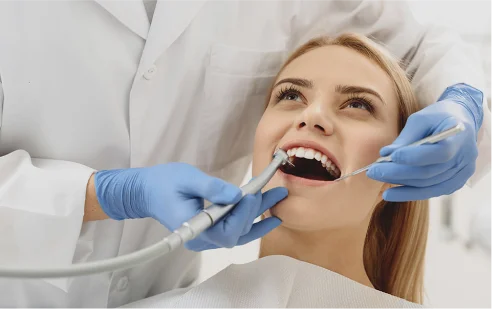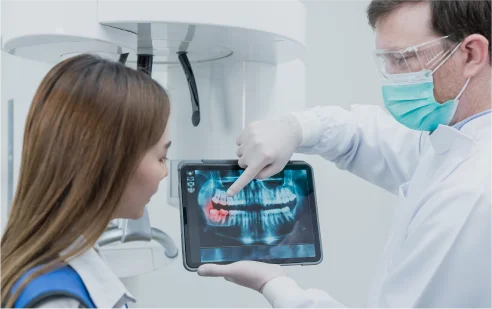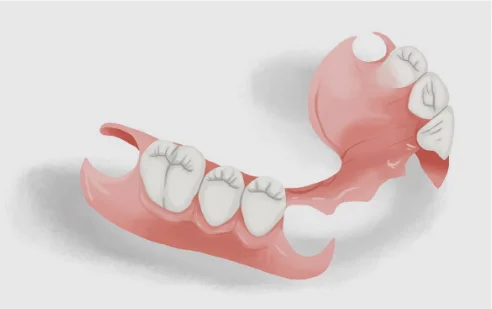

Keeping Your Smile Healthy for Years to Come
We specialize in treatments that bring back the health and vibrancy of your smile. Our restorative services are designed to address a variety of dental needs from repairing damaged teeth to replacing missing ones. Using modern techniques and high-quality materials, we aim to provide durable results that look and feel natural.
Get The Enhanced Smile in Los Angeles
Our Services
Safe and Skilled Services for All Dental Needs
We cater to all aspects of dental health with precision and care. Our services are designed to address your needs and improve your oral health.
ProfessionalCleanings and exams
Our routine cleanings and exams keep your teeth and gums healthy while identifying potential issues early. These visits are essential for maintaining a bright, fresh smile.
Digital DiagnosticX-rays and 3D wellness scans
Advanced imaging techniques of Studio City Dental Group provide detailed insights into your oral health. These lead to accurate diagnoses and tailored treatment plans.
ProfessionalCleanings and exams
Our routine cleanings and exams keep your teeth and gums healthy while identifying potential issues early. These visits are essential for maintaining a bright, fresh smile.
Digital DiagnosticX-rays and 3D wellness scans
Advanced imaging techniques of Studio City Dental Group provide detailed insights into your oral health. These lead to accurate diagnoses and tailored treatment plans.

We understand your oral health goals and offer treatments that address your needs. Our clear communication and customized care help you achieve a healthy, Confident smile.

Fill Out Form

See What Our Patients Are Smiling About!
Hear real stories of transformed smiles and happy visits.

Janet Rubin
"What a pleasant surprise! I accidentally booked a cleaning here because it has a very similar name to the other dentist I've gone to and boy was it a great experience!! As soon as I walked in the staff was extremely friendly and accommodating. The Dr was absolutely delightful and so was the hygienist Katie! The whole process was smooth and easy and I really felt like everyone involved cared! This will be me and my husbands new dentist for sure!!!"

Farshad Java
"Absolutely great dentist office. They always have the latest technology and up to date equipment. Friendly staff. We've been going there for past 15+ years. Dr.Mandel, you are fantastic dentist and great person. Thank you for great job and taking care of us."

Tyler Bourassa
"I have been a patient at Studio City Dental Group Since 1998. This Dental Office will make you feel like Family. Everyone is well-spoken and attentive to detail. The business office Ladies and Receptionists are really nice and my Hygienist Cynthia is the greatest there is."

Karl Z
"I think these guys are great. Dr Dixit has always been friendly and effective . Recently I saw hygienist Susan and she was excellent. I never feel unnecessarily beaten up after seeing this team, they are gentle and effective. Front of house and admin are great too. They have coffee and muffins."

Mariah Movement
"Dr. Al Sadoon and Isabella were absolutely amazing. I will definitely be back. I felt safe and cared for. Every employee was super sweet. Very clean and organized. I will absolutely be recommending this office to people!"

Dana Pratt
"Expressing my gratitude to Studio City Dental Group! I woke up yesterday to a cracked tooth and was freaking out. So glad that I called their emergency line. I got an immediate response via text that was clear and caring and was fit into the schedule the same morning. Dr. Angeles and the rest of the team put me at ease and resolved my issue."





